Google’s new video generator, Veo 3, can craft realistic scenes and audio in seconds. The model is in public preview on Vertex AI. DeepMind CEO Demis Hassabis teased on X that Veo 3 “could” fuel playable worlds in video games. Shortly after, Google AI Studio lead Logan Kilpatrick replied with mouth‑zip emojis. These posts hint at a potential path from cinema‑style clips to interactive environments.

Difference Between Video Generation and World Models
Video generators like Veo 3 create sequences. They follow learned patterns to show how pixels move. World models do more. They simulate physics and rules so that an agent’s action changes the environment in real time. DeepMind has built early world models in its Genie 2 project. Genie 2 can spin up endless game‑like worlds. Google also works on adapting its Gemini 2.5 Pro model to mirror human thought processes in a simulated world.
Veo 3 Today and Tomorrow
Veo 3 shines at cutscenes and trailers. It lets creators sketch ideas fast. The model even composes matching sound effects and speech on the fly. Yet it remains a passive system. To make playable worlds, Google would need to add a predictive engine. That engine would track game state and player input. It would have to handle character collisions, pathfinding, and inventory changes without delay.
Potential Hybrid Approaches
Combining Veo 3’s visual flair with Genie’s interactive core could speed up game creation. Developers might use Veo 3 for art and story beats. They could use a world model backend for physics and logic. That hybrid might lower costs and let smaller teams build rich games. It could also power new genres. Imagine a tool where a player makes a choice and the world reshapes itself in real time.
The Competitive AI Gaming Landscape
Several firms race to build world models. Fei‑Fei Li’s World Labs shapes game scenes from single photos. Microsoft backs the Scenario for real‑time AI art. Runway and Pika explore video generation. OpenAI’s upcoming Sora video tool may enter the fray soon. Google’s deep pockets and platform reach could give Veo 3 and Genie a head start if the company chooses to push into gaming.

Advances in Veo 3 style video and world‑model research suggest a future where AI builds photo‑realistic, playable places on demand. Until then, developers will watch closely to see if Google moves beyond cinematic demos and into the control loops that bring virtual worlds to life.





